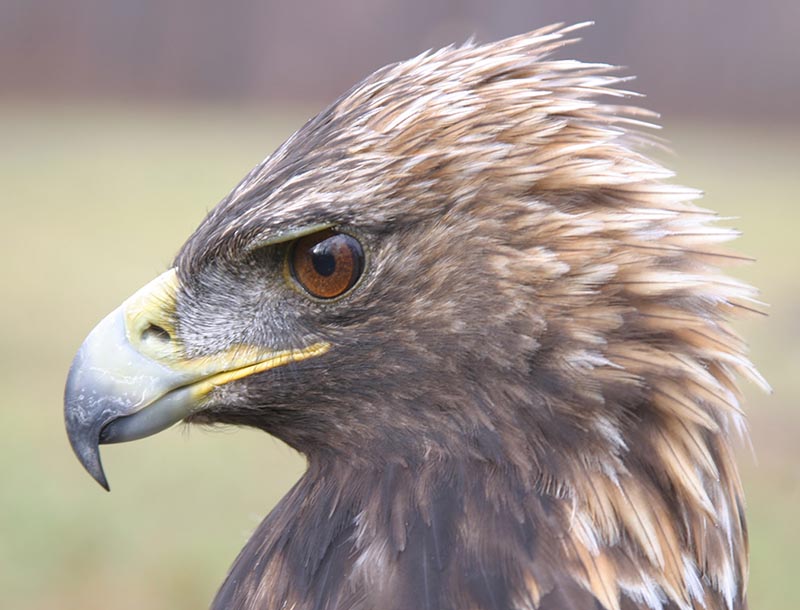STILLWATER – Data compiled by an Oklahoma State University natural resource ecology and management professor is featured in a new study published in the journal Ecosphere on how wind turbines could reduce populations of some raptor species.
Scott Loss, an associate professor in the OSU Ferguson College of Agriculture who specializes in avian ecology, contributed years of research to the paper authored by scientists at the U.S. Geological Survey. Existing collision fatality data leveraged by Loss and collected by dozens of other biologists was compiled and analyzed to determine the effects of wind turbines on raptors – carnivorous bird species like hawks and eagles that live longer, require more time to reach maturity and produce fewer offspring than most smaller birds.
Of the 14 raptor species evaluated for the study, research indicated five of them could decline in population size either currently or in the future due to collisions with wind turbines. The raptors most at risk are the barn owl, ferruginous hawk, golden eagle, American kestrel and red-tailed hawk.
“Additional fatalities caused by wind turbine collisions could cause the population growth rate of these five species to go from positive to negative, or for already declining species, to become even more negative,” Loss said. “Thus, turbine collisions could contribute to population declines.”
In addition to collision fatalities, other factors used to determine potential reductions in raptor populations include current and future amounts of wind energy installed and bird demography – the way that processes like reproduction and deaths affect raptor population size.
“A more vulnerable species might have less ability to reproduce quickly, which would make its populations more likely to decline due to collisions,” Loss said. “Data on how these populations function in the absence of collisions helps us estimate what species are most at risk when collision fatalities occur.”
Jay Diffendorfer, a USGS research ecologist and the study’s lead author, said Loss’ general knowledge of bird biology greatly influenced how the USGS approached the research collaboration.
“When a raptor is killed from colliding with a wind turbine, that 20-year lifespan of reproduction is gone,” Diffendorfer said. “We needed a bird specialist with a unique data set on the causes of bird fatalities, and Scott has built one of the best collections of that information on the planet.”
As the wind energy industry continues to expand globally, Diffendorfer said studies such as this USGS analysis will reinforce the importance of taking steps to protect raptors from wind turbines, including placing wind farms in locations unlikely to significantly affect vulnerable species. The research evaluated raptor risk at the current wind energy capacity of 100 megawatts while also considering potential collision deaths at a projected installed capacity of up to 240 megawatts.
“We need to keep moving forward with technology solutions to reduce fatalities as we build out more wind energy,” Diffendorfer said.
“There’s tremendous opportunity in the next 140 gigawatts of wind energy installation to drastically advance how we use wind in ways that cause fewer collisions,” Loss said. “We’ve shown which species might be more impacted if nothing further is done to mitigate the impact of wind on birds.”
Read the USGS news release about this research or access the Ecosphere article, “Demographic and potential biological removal models identify raptor species sensitive to current and future wind energy.”
